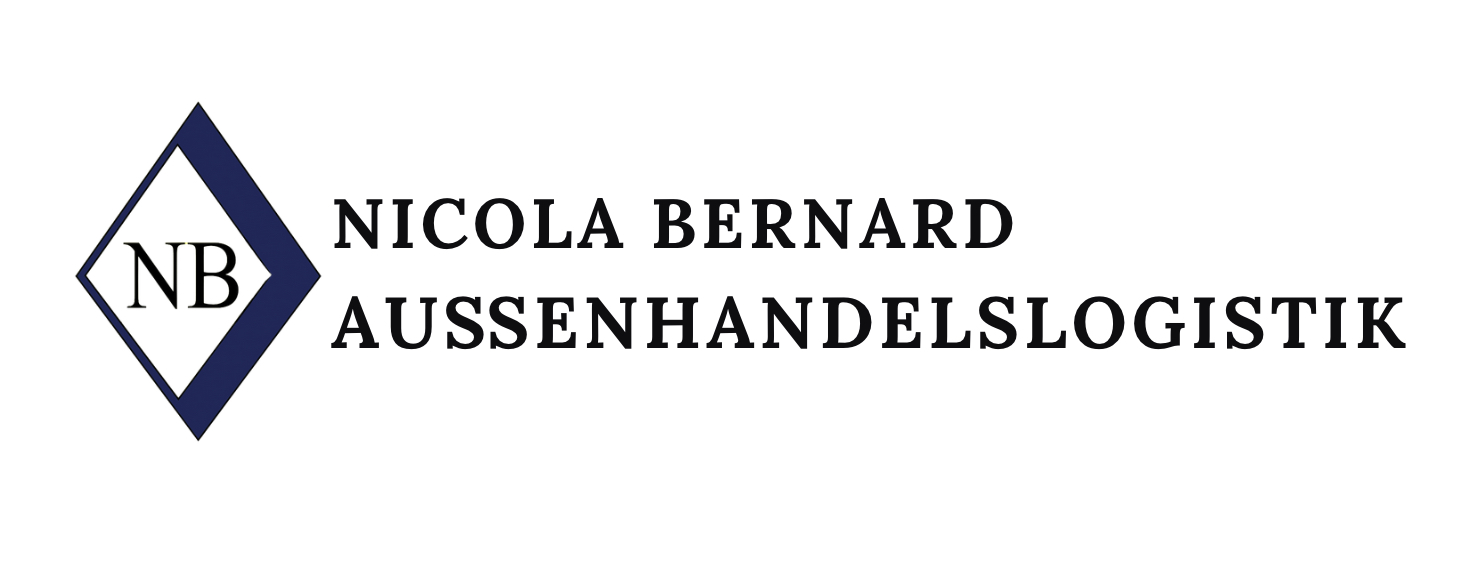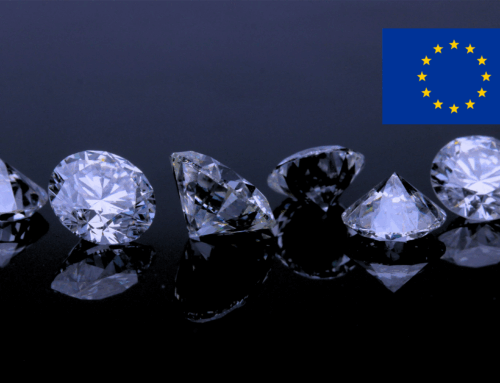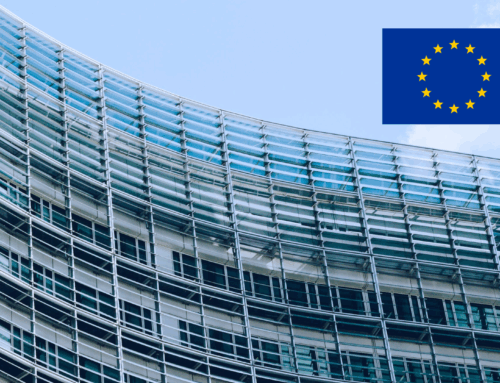The World Trade Organization (WTO) has set itself the task of promoting small and medium-sized enterprises (SMEs) more strongly. A working group has been set up for this purpose and has now presented a work program.

SMEs are often described as the backbone of the European economy. The WTO wants to strengthen them, especially in international trade (Image source: Pixabay)
Where does the WTO’s SME policy come in?
The plan to integrate SMEs or “micro, small and medium-sized enterprises” (MSMEs) more strongly into international trade is one of six points in the new work program. The aim here is to compile materials to help SMEs gain a foothold in the international market. These include manuals and guides.
Other points include trade facilitation for SMEs and improvements to the “Trade4MSMEs” platform that has been set up. The tool provides a wealth of information on various trade topics and answers questions such as “How do I get my goods across borders?” or “What is trade finance and how can I access it?”
Another useful website for MSMEs is called Global Trade Helpdesk. Here you can find information about international trade rules.
Who can use the services?
The target of the WTO’s efforts are small and medium-sized enterprises and microenterprises. The WTO categorizes each type of business this way:
- Microenterprises: fewer than ten employees
- Small enterprises: ten to 49 employees
- Medium-sized enterprises: 50 to 249 employees
- Small and medium-sized enterprises: 1 to 249 employees
Companies with more than 250 employees are large enterprises.
Source: GTAI





